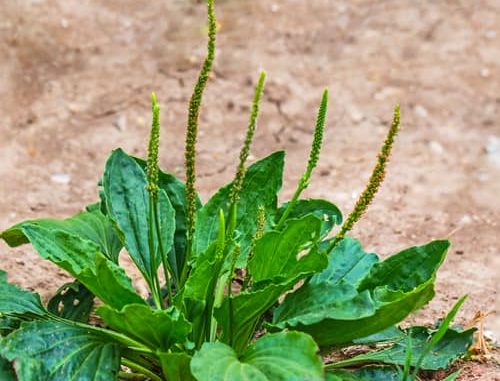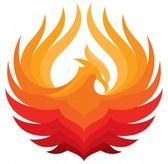
You may be asking yourself what the heck is Plantain? Well it is a broadleaf plant that exists in most peoples yards and once again is considered a weed by many. The reality is this is a very useful little plant that humbly grows just about everywhere. It was originally discovered by Alexander the Great, and he and his army used it to successfully treat inflammation in wounds. Alexander the great also assisted in its propagation all over the place throughout his kingdom. Later it’s seeds were brought from European countries by migrants to North America and that is part of the reason why the Native Americans called it the foot of the white man meaning that it went everywhere they went.
Due to Plantains anti-inflammatory and antibacterial properties it is commonly used in a astringent form to get rid of inflammation from insect stings and rashes and to treat a variety of wounds. I have also heard that it is excellent as a mouthwash for reducing inflammation of the gums and as an expectorant. My suggestion is to pick this plant early in the season when it’s young and fresh before it blooms and then pick the seed after they are fully form. The seeds and the leaves can be used in teas, tinctures, oils, salves, crushed fresh and used directly and can be stored either dried or frozen for later use. The seeds mixed with the leaves in a tea will have a more laxative effect if that is what is needed. The seeds acts with a very similar purpose to flaxseed in its demulcent and emollient affect. The leaves can also have a diuretic affect, which aids in removing excess water weight from the body.
In the book “Herbs That Heal” by Micheal A. Weiner, Ph.D. and Janet A. Weiner recommends a dosage of 1/2 oz of either seeds or leaves or leaf and seed combination in 1 pint of boiling water, steeped for 20 minutes and drank warm. If it is just the leaf you can drink 1 to 2 cups a day and if it is the seed or the seed and leaves it is recommended that you drink 1 tablespoon 3 to 6 times per day. Of course I always recommend that you go see a master herbalist and or a doctor that is familiar with herbalism when using any type of plant or any plant medicinally to get advice. Please forage for these plants in a responsible manner leaving plenty behind and of course don’t pick in areas where people may be spraying herbicide’s or pesticides.
Hopefully the next time you see this humble little plant you will think differently about it and realize how far it has traveled to be growing in your yard. My goal with the leaves I’ve collected is to make a salve for treating the inflammation of bites and rashes and to make an astringent mouthwash to assist in healing my gums. Well everyone I hope this inspires you to make this wild medicinal herb apart of your collection. Please let me know if you’ve worked with it before and also share the various things you’ve made from it and how it went for you.
Until next time, Namaste!
Also check out my page called Phoenix Alchemy it is listed at the top of my Facebook page. It is a place for people to share and discuss herbal remedies. Thank you.


Leave a Reply